Union Home and Cooperation Minister Amit Shah inaugurated the expansion of Sabar Dairy (Amul plant) at IMT Rohtak, Haryana. The new facility is India’s largest dairy plant for curd, buttermilk, yoghurt, and sweets. It will process 150 metric tonnes of curd, 3 lakh litres of buttermilk, 10 lakh litres of yoghurt, and 10 metric tonnes of sweets daily.
India’s dairy sector has expanded rapidly. Over the past 11 years, growth reached 70 per cent, making it the fastest-growing dairy market globally. Milk production rose from 140 million tonnes in 2014 to 249 million tonnes in 2025. Production from indigenous cows also increased, from 29 to 50 million tonnes.
As a result, per capita milk availability grew from 124 grams in 2014 to 471 grams per day. Today, eight crore farmers are linked with the dairy sector, showing its role as a cornerstone of India’s rural economy.
Sabar Dairy’s Role in Haryana
Sabar Dairy, headquartered in Gujarat, started with only three farmers. It has since grown into an enterprise worth ₹85,000 crore, benefiting millions of dairy producers. The Rohtak plant is expected to boost supplies across Haryana, the NCR, and northern states.
Shah said the facility would increase farmer incomes and strengthen rural prosperity. He confirmed that the company aims to double the plant’s capacity within a year. This expansion highlights the growing importance of cooperative institutions like Amul in meeting India’s dairy demand.
Government Policies and Farmer Support
The Ministry of Cooperation, established by Prime Minister Narendra Modi, has created a strong framework for cooperatives. Over 75,000 dairy cooperatives now function across the country, strengthening nearly 40,000 existing units. Shah said that by 2029, every village in India will be connected to the cooperative movement.
He also assured livestock farmers that benefits such as embryo transfer, sex determination schemes, beekeeping, and organic farming initiatives will expand. The Rashtriya Gokul Mission and an Animal Husbandry Fund have already supported millions of farmers.
Future Outlook for India’s Dairy Sector
The Union Home Minister emphasised that India is already the world’s largest milk producer. With White Revolution 2.0, the government expects milk procurement by cooperatives to reach 1,007 lakh kg per day by 2029.
Meanwhile, Sabar Dairy’s Rohtak plant will serve as a model of modernisation and cooperation, linking Haryana’s farmers to national and global supply chains. According to Shah, the plant will not only meet local demand but also contribute to India’s ambition of becoming a global leader in dairy exports.

